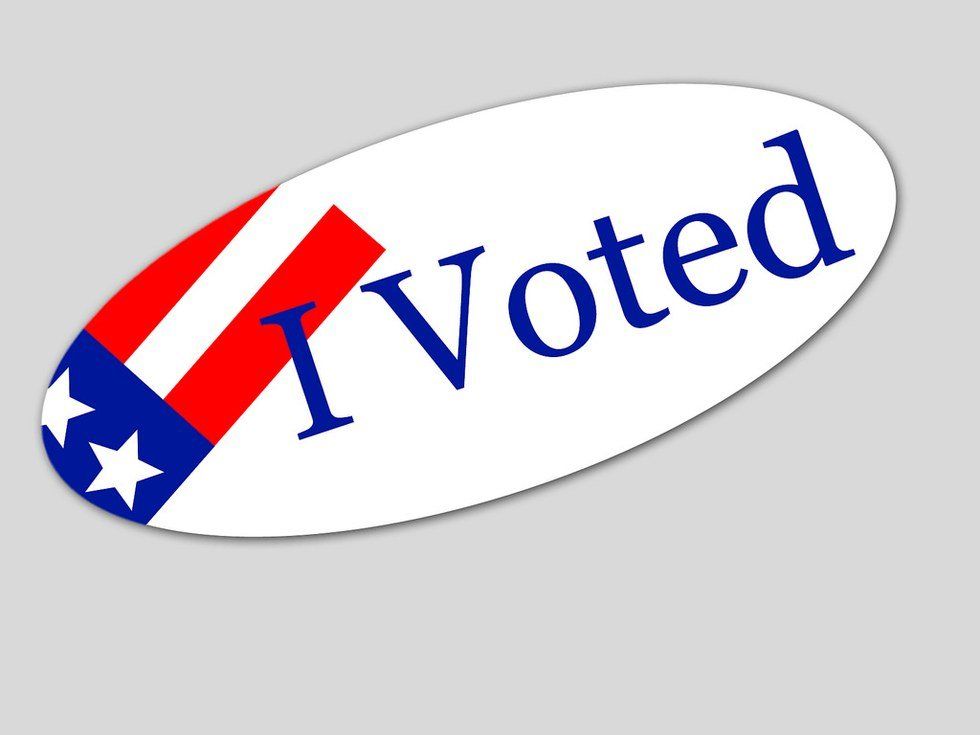No doubt, many Americans are dismayed at their choices for presidents. The polls have been clear. But the question remains- do Americans have anyone to blame but themselves?
According to a study done by Pew Research Center in April, only 35 percent of Americans think that the Primary Process is a good way of picking Presidential Candidates. That leaves a clear majority of Americans, 55 percent percent of registered Democrats and 68 percent of registered Republicans, that believe primaries are not a good way to pick Presidential differences. When controlling for party, there is a 13 percent point difference with Democrats tending to be more discontent with the primaries. As the poll notes, people have continually been dissatisfied with the process since 1992. (Survey was conducted March 17th-27th, 2016. Based on registered voters. Republicans and Democrats include independents that tend to lean towards a certain party.)
With such a negative view of the primary process, it is no wonder that a small percentage of Americans actually participate in it. (Of course, that is not the only reason individuals do not vote.) According to another Pew Research Study, only 28.5 percent of estimated eligible voters voted in the primary process. Just 28.5 percent! Now, there are some caveats to this number. First, it does not include caucuses, so that leaves out around 12 Republican caucuses and 13 Democratic caucuses. Why, you ask? Well, given the nature of caucuses, it is hard to get any reliable numbers from any of the people that actually attend. Thus, most pollsters don't include it in their analysis. To get to these numbers, Pew Research Center calculated the turnout in every primary by dividing the number of votes reported cast in party primaries by the estimated number of voting aged citizens, which is derived from the current population Survey done by the Census Bureau. According to the study, more than 57,6 million people (again 28.5 percent) participated in the primary. One more caveat- because states don't always hold both Democratic and Republican primaries, the turnout rates for the two parties individually may not equal total turnout. In states that held only one primary and one caucus for the other party, the vote in that primary was used to calculate turnout.
A serious conversation needs to be held at the national and local level about voter participation. If more voters participated in the primary process, I am not as sure that we would be seeing Mr. Trump in the general election.





















